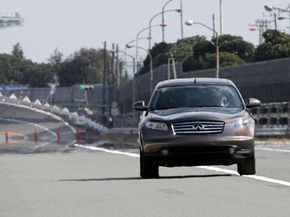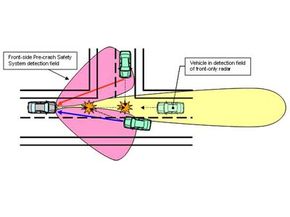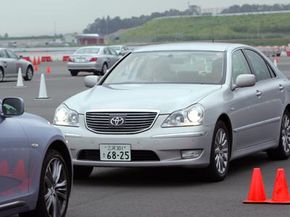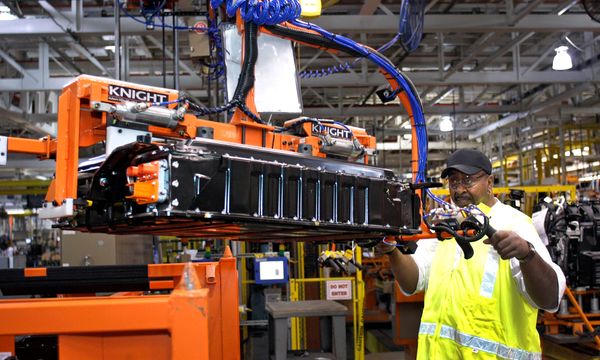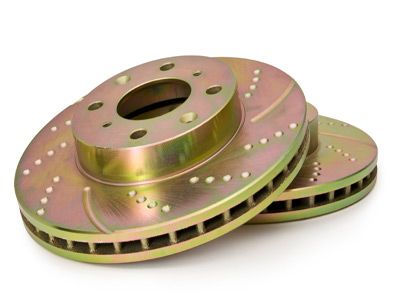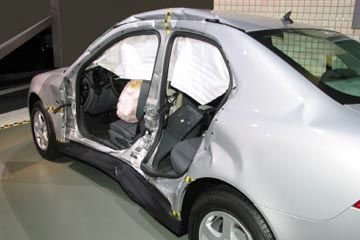Since the 1960s and 1970s, the number of crashes and the fatalities and injuries associated with these crashes have dramatically decreased. This can be attributed to a series of car safety laws passed both on the national and statewide level.
Historically, these improvements have tended to happen gradually. Take, for instance, the introduction of the seat belt in the 1950s. This simple device didn't make an immediate impact on drivers. In fact, for a long time, seat belt use was very low, remaining at about 10 to 15 percent nationwide. But in 1965, for every 100 million miles (160,934,400 kilometers) driven in America, there were almost six fatalities -- a dangerously high statistic. But from 1984 forward, seat belt use has steadily increased due to several laws and strong enforcement campaigns like the familiar "Click It or Ticket" push. Now, at the beginning of the 21st century, there are fewer than two fatalities per every 100 million miles (160,934,400 kilometers) driven in America [source: Lemmen].
Advertisement
In recent years, however, as drivers have expressed more demand for auto safety features and better crash-rating systems, automakers have quickly begun incorporating more sophisticated technology into their designs. One of the major developments that designers are hoping will reduce the number of fatalities and injuries on the road further is the introduction of something called a pre-collision system (PCS). This type of technology constantly evaluates a driver's position as well as any objects on the road, in order to prevent or minimize damage that may be caused by an accident.
Because of the automatic nature of most pre-collision systems and the unpredictability of most accidents, the technology behind a PCS design is highly complex and must be finely tuned and tested. As you might guess, testing is a critically important part of the process to make sure everything works just right when the system is in action. The last thing a driver wants when he or she is calmly driving down an open road is the brakes to unnecessarily bring the car to a screeching halt.
So how do pre-collision systems work, anyway? How is a computer able to determine when the driver in the other lane is merging -- or rather, when that driver isn't supposed to be merging? Continue on to the next page to find out.
Advertisement
